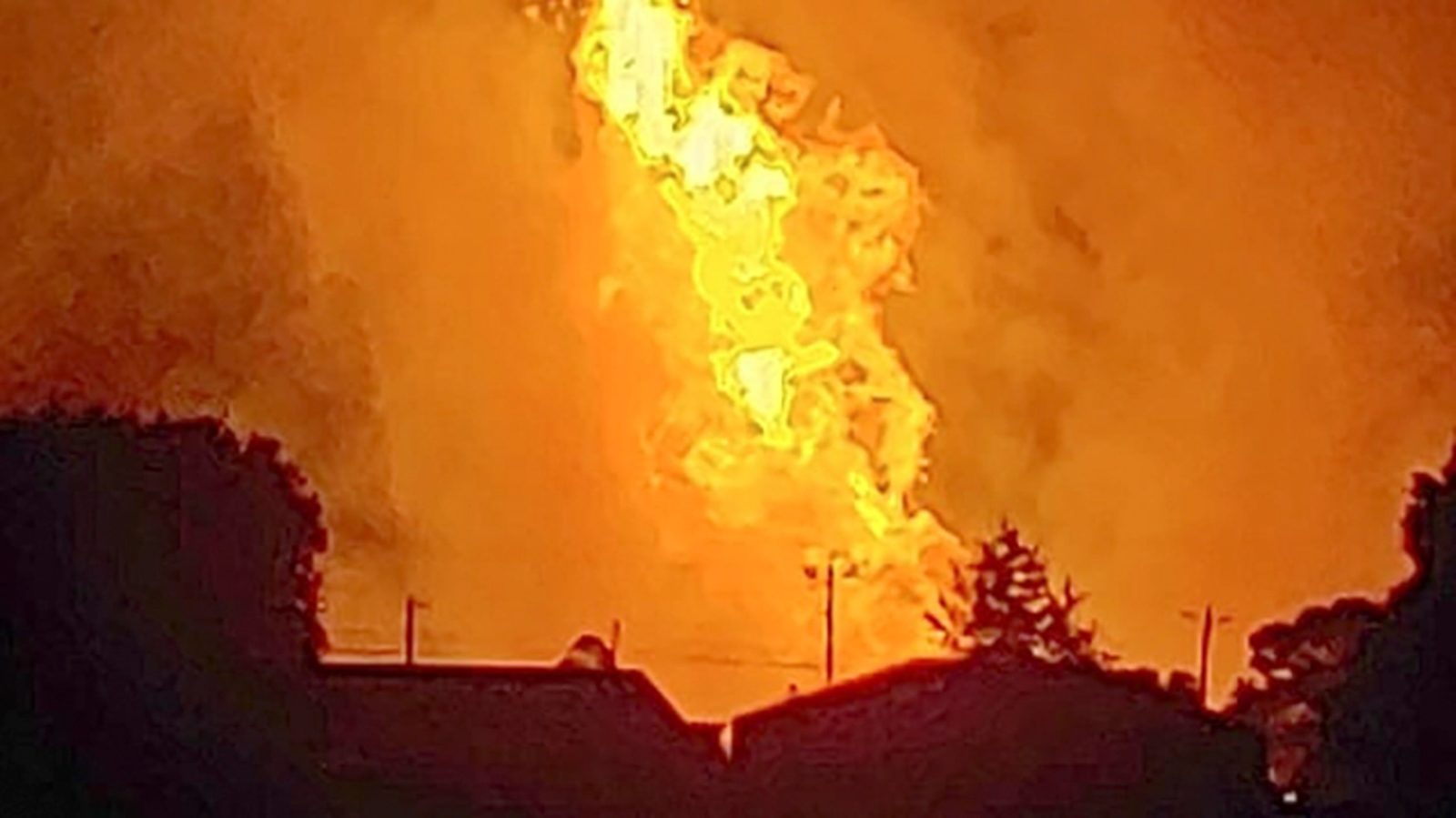
The National Transportation Safety Board (NTSB) has issued its preliminary report on the deadly Enbridge pipeline explosion that tragically killed a Kentucky grandmother earlier this year.
Enbridge Pipeline Explosion Injured 6 Others
The August 1st disaster occurred along the Texas Eastern Transmission Co. network shortly before 1:30 a.m., after a 30-inch natural gas line ruptured in Lincoln County, Kentucky, just 35 miles southeast of Lexington. According to the NTSB, the failure released 66 million cubic feet of natural gas, triggering an explosion strong enough to hurl a 33.2-foot-long section of pipeline nearly 500 feet from the site of the rupture.
Lincoln County authorities later confirmed that the Enbridge pipeline explosion had killed a 58-year-old woman. Paramedics rushed six others to area hospitals, including one man who suffered third-degree burns on 75% of his body.
The intense heat and flames forced more than six dozen residents of the nearby Indian Mobile Home Park to evacuate. By the time the fire was extinguished over an hour later, the blaze had burned some 30 acres of land, including the Norfolk Southern railroad tracks, destroyed five homes, and damaged more than a dozen others.
What’s Known About the Kentucky Pipeline Explosion
The Texas Eastern Transmission Co. pipeline carries natural gas nearly 9,100 miles from the Gulf Coast to the northeastern United States. Construction on the vast network began before World War II, with the pipe involved in the Lincoln County explosion entering service in 1957.
Another pipe on the same branch ruptured in Morehead, Kentucky in 2003, releasing about 167,100 million cubic feet of natural gas.
According to the NTSB, the most recent disaster involved a steel pipe that was flash-welded and coated in coal tar. The line was operating at a pressure of 925 pounds per square gauge (psig), below the maximum 936 psig allowable. Enbridge apparently conducted an in-line inspection “to evaluate pipeline material properties” in 2011. The company conducted additional inline inspections earlier this year and in 2017 to “to evaluate pipeline geometry.”
For some reason, Enbridge never declared the area impacted by the rupture a High Consequence Area, a requirement whenever “pipeline releases could have greater consequences to health and safety or the environment.”
Where the Enbridge Pipeline Explosion Investigation is Headed
The NTSB investigation is ongoing.
Future efforts will focus on Enbridge’s process for determining High Consequence Area designation, as well as the metallurgic evaluation of the pipe, inspection and maintenance, and emergency isolation procedures. The Board also plans to review other inspection anomalies, past reportable incidents, and the 2003 Enbridge pipeline explosion in Morehead.
The investigation could take more than a year. At that point, the NTSB will release a final report, including recommendations for preventing similar catastrophes in the future.
Contact Our Undefeated Pipeline Explosion Lawyers for a Free Consult at 1-888-603-3636 or by Clicking Here
Our Experienced Pipeline Explosion Attorneys are undefeated at trial, and have won billions for thousands of people across the United States injured or tragically killed in connection with the worst industrial explosions and disasters in recent memory.
Call 1-888-603-3636 or Click Here to send us a confidential email via our “Contact Us” form.
All consultations are free, and because we exclusively represent clients for a contingency fee, you’ll pay nothing unless we win your case.